The Enterprise: Enterprise Portal Success Story: Herman Miller E-Business Portal
By Clive Finkelstein
In previous months, we discussed the roles of enterprise information architecture and enterprise architecture in the success of enterprise portals. In this and the following months, we will review some enterprise portal case studies. These are drawn from the winners of DCI's Annual Portal Excellence Awards for 2001. This month, we review the winner of the e-Business Portal category: Herman Miller's MySIGN Supplier Portal, built with SAP TopTier (now owned by SAP Portals, Inc). The following is drawn directly from their winning submission entered in December 2000 for the 2001 Annual Portal Excellence Awards.
Clicks-and-bricks retailer Herman Miller does most of its business selling high-end, preassembled office furniture. With a global presence in over 40 countries and nearly $2 billion in revenue during fiscal 2000, Herman Miller has been working with TopTier's e-Business Integration Portal for the past 18 months as an integral component of an aggressive five- year plan to double the revenue of its business. By streamlining operations and compressing time to market, Herman Miller plans on doubling its throughput without the need for additional material planners, trucks or square foot of warehouse space.
In order to accomplish this, Herman Miller has deployed TopTier Software's e-Business Integration Portal to create an industry first: a truly virtual value chain called MySIGN (Supplier Information Global Network). The portal serves as a personal webtop, providing every party throughout the company's value chain with real-time information from the enterprise's ERP applications and databases. This sharing of information will give Herman Miller and their suppliers a competitive advantage, helping them stay "in sync" with customer demands, changes to internal schedules, and intercompany receipts and payments.
In partnering with TopTier in the creation of MySIGN, Herman Miller is aggressively increasing their speed and reliability in supporting this streamlined supplier relationship. Because most of the company's raw materials come from 600 suppliers around the world, it desperately needed to streamline communications and payment procedures with them. This best-in-class virtual value chain is closing the loop between demand forecasting and supplier-managed inventory by creating an online supplier source for up-to-date information on demand, supply, exception orders, invoices, delivery schedules and lag times – all of this critical business intelligence synchronized on one computer screen.
In choosing a portal solution, Herman Miller looked for a forward-thinking, easy-to-implement solution that would allow the organization to increase efficiency and reduce lead times, while at the same time increase reliability and improve customer and supplier relationships across the enterprise. They needed to eliminate the waste in communicating with their suppliers, but they had been unsuccessful in the past at getting widespread adoption of EDI because many of their suppliers lacked the technical sophistication or the resources.
Herman Miller had two main requirements in building the portal. One was to have two-way communication – back-and-forth collaboration with suppliers. The second was to give suppliers a real-time look at Herman Miller's business. The portal was designed to help suppliers in two areas: On the financial side, suppliers can look at prices to make sure they're in sync, as well as invoices; on the planning side, suppliers can look at Herman Miller's manufacturing lead times and engineering data like materials requirements, drawings and revision letters.
Some people at Herman Miller were afraid suppliers would feel like the company was putting the burden on the suppliers. However, the reception has been very positive because the benefits for suppliers more than make up for any burden. In the past, suppliers had to make decisions based on very limited information, so they were often making assumptions in shipping materials. The portal eliminates the need to call three people at Herman Miller to get information, which is a big time saver. The portal has shifted the old purchasing model of "the more information you had and the less your supplier had, the more power you had" to an information-sharing focus, which has been beneficial to all parties involved.
Kelly Nelson, customer service/scheduling representative for Milwaukee-based Mid-States Aluminum, one of Herman Miller's suppliers, says that before using the portal, Mid-States was sending Herman Miller four or five inaccurate deliveries per month (i.e., shipping the wrong parts). In the 18 months it's been using the portal, 95 percent of its deliveries to Herman Miller have been accurate. "We're much better able to plan our machinery and our people," Nelson says, adding that the portal has also helped Mid-States cut inaccurate billing by "at least 70 percent." In this way, Herman Miller has become a much more valuable (read "profitable") customer to Mid-States.
From the senior executives on down, Herman Miller has decided they will connect their suppliers and customers. Everything tied in to that corporate strategy, and the company has made a commitment to doing so. Over the past five years, Herman Miller has invested heavily in technologies to improve internal and external business processes. These investments, which include deploying the portal, have enabled them to bring their reliability from 75 percent to more than 95 percent in on- time shipments.
Currently, Herman Miller has over 500 internal and external users actively employing the portal, and it is anticipated that usage will double in the next 12 months. Internally, portal users include personnel in various roles such as supply management personnel, material planners and quality engineers. Suppliers also utilize the portal, and users are found in multiple departments such as management, customer service, scheduling, quality assurance and finance.
Herman Miller's portal went live in September 1999 and took three months to develop. Herman Miller chose to take a phased approach to the implementation and gradually implemented new functionality. While the portal was initially only introduced to employees, it has since been extended beyond the enterprise to suppliers. While the portal has been developed and maintained by a group of employees who work on multiple projects, the time they spend on the portal is the equivalent of one full-time employee.

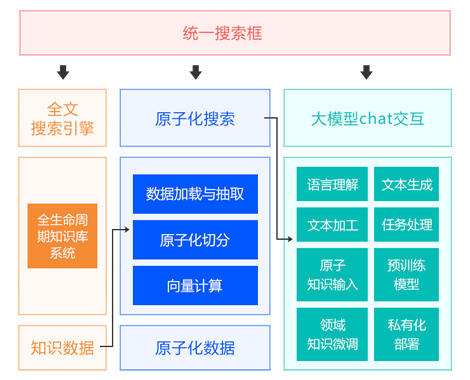
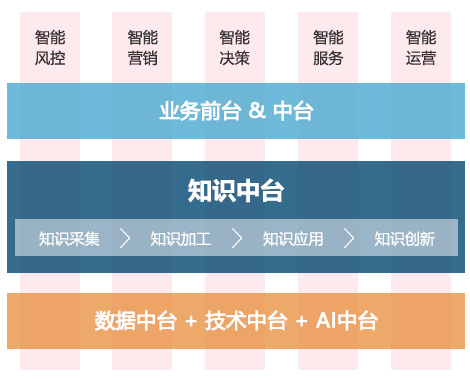
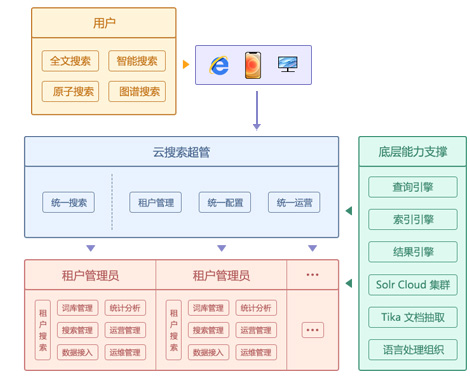
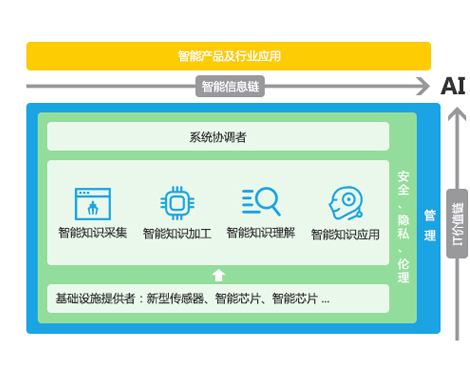
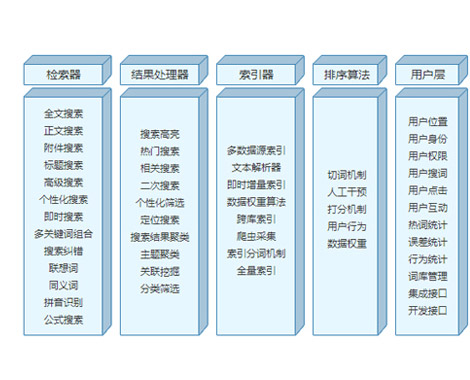
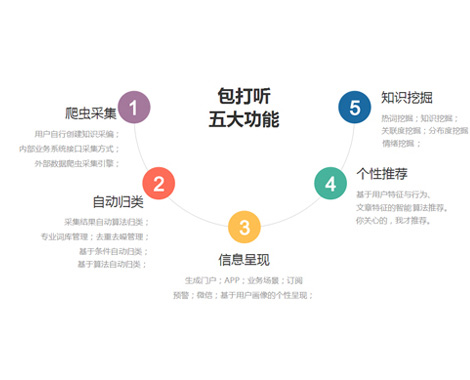
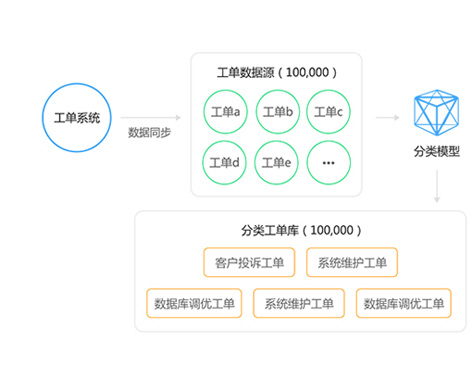
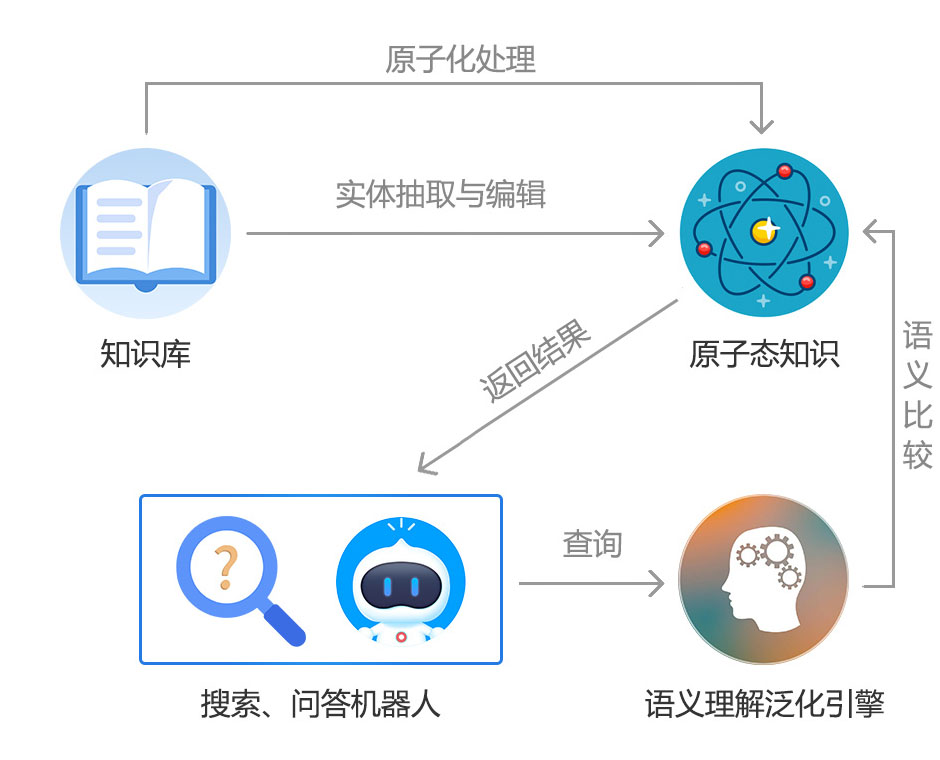
 2017-03-30 09:30
2017-03-30 09:30